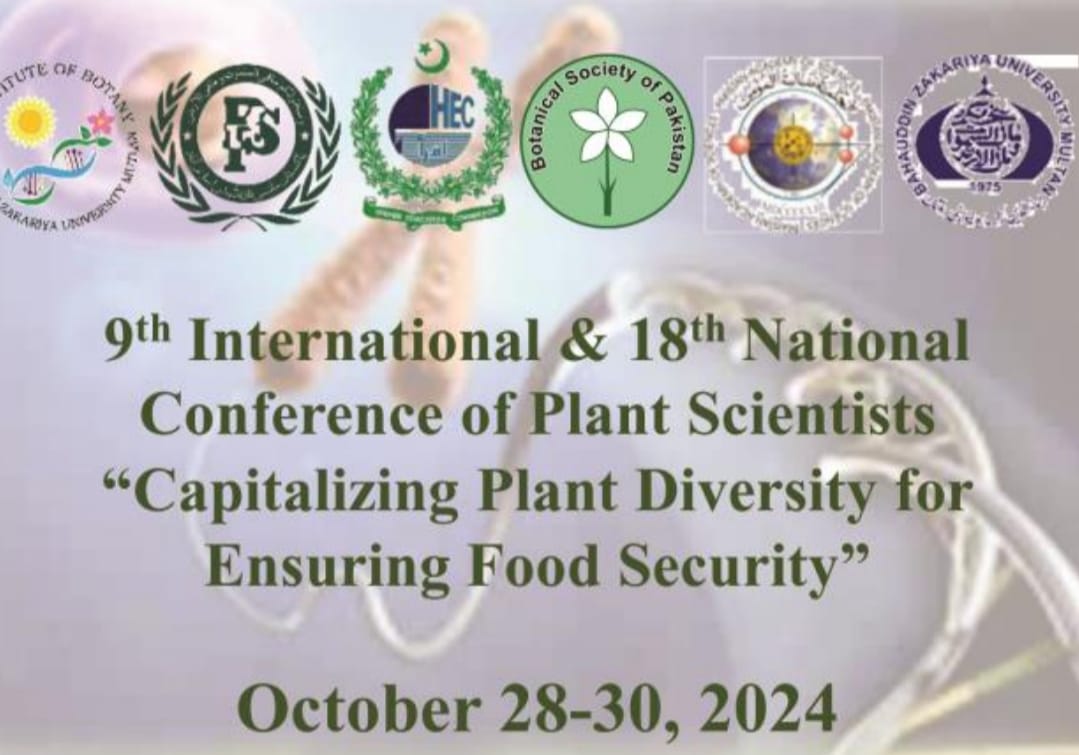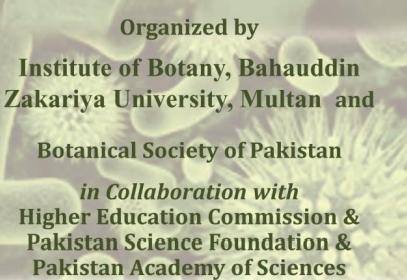
PJB-2023-105
Nutritional properties and antioxidant enzyme activities of wild plants consumed as vegetables with natural distribution in Ardahan
Atilla Dursun, Fazilet Parlakova Karagöz, Zeynep Gök Hündür and Metin Turan
Abstract
Today, chemical spraying, irrigation with sewage water and excessive fertilization on cultivated vegetables threaten human health, reduce or cause the plants to lose their natural flavor, and push people to seek safe food. In this context, people are interested in organic products and naturally grown vegetables. This study was carried out in 2019 to determine the nutritional contents of some edible wild plant species that grow in their natural habitats in Ardahan province/Turkey and its districts (Damal, Posof, Hanak, Çıldır, Göle) and are known by the local people. As a result of the current research, 23 wild vegetable species consumed in Ardahan province were determined. Among these species, it was determined that the Gelin Parmağı (Cerastium armeniacum Gren.) is an endemic species. Ash content, pH, vitamin C, protein, antioxidant enzyme activity (CAT, SOD and POD) and mineral substance (P, N, K, Ca, Mg, Ca, Fe, Na, Zn, Mn, B and Cu) contents were analyzed to determine the nutritional content of 23 different wild edible vegetables collected and to compare them with some cultivated vegetables. Protein content of 23 wild vegetable species was 17.66%-35.83%; Ca content ranged from 6577.3 mg kg-1 to 13862.7 mg kg-1 and Fe content ranged from 137.02 mg kg-1 to 293.26 mg kg-1. It has been determined that the wild plant species examined have a richer content in terms of vitamin and nutrient content than some commonly consumed cultural vegetables (spinach, cabbage, lettuce, radish, and parsley). At the end of the research, Capsella bursa-pastoris L. whose local name is the Revan Özeği was determined as the wild plant species containing the highest nitrogen and protein. It was concluded that wild species show a great difference in terms of mineral element composition and other quality characteristics and they have a richer content than some cultivated species whose leaves are consumed. Findings from our study showed that the antioxidant activity of different species varies according to the species. We believe that our study results will pave the way for future breeding and cultivation studies, can contribute to the promotion of sustainable ecotourism and can be used to develop strategies for the sustainable use of wild edible plants.
To Cite this article: Dursun, A., F.P. Karagöz, Z.G. Hündür and M. Turan. 2025. Nutritional properties and antioxidant enzyme activities of wild plants consumed as vegetables with natural distribution in Ardahan. Pak. J. Bot., 57(5): DOI: http://dx.doi.org/10.30848/PJB2025-5(17)
Download PDF


